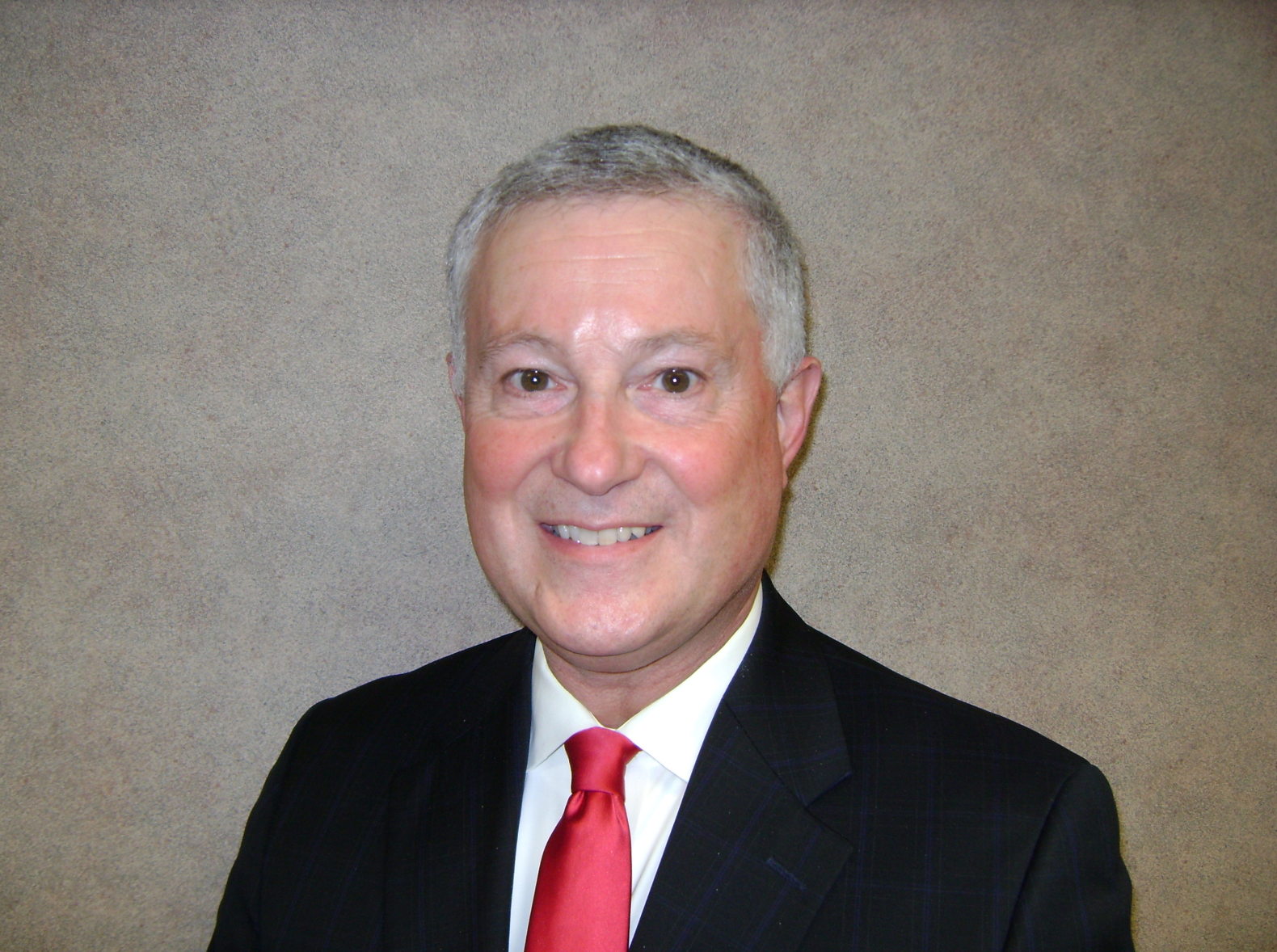Ben Kyte is the county auditor in Minnehaha County, meaning he's the county's primary election official. Ahead of the Nov. 8 election, Sioux Falls Simplified caught up with Kyte about the work that goes into Election Day and what voters should know.
Answers are edited for length and clarity. All responses are quotes from Kyte.
How did you ‘get smart’ about elections – i.e. what in your background or in your own research/activities prepared you for your role today as county auditor?
The county auditor has two primary functions: business manager for the county and primary election official.
- My experience in banking prepared me for the business manager function very well.
- As far as the election official role, I don't know 0f any training or job that would prepare you adequately for that other than being a citizen who understand civics and has been engaged in the process.
We're all about simplicity here. Can you describe what a county auditor does on Election Day in 10 words or less?
Try to keep the process moving as best as possible.
What's something people most often misunderstand about local elections? (And, if you could politely correct them, what would you say?)
We have lots of people that don't recall how they've registered to vote, or they believe they're voting in the same location, and that's not where they're registered. That's one common problem.
Many people just haven't reviewed the ballot enough, and I'm not criticizing voters, but they just need to spend some time educating themselves on the ballot.
- That's probably the most common thing we see is people aren't prepared when they come (to vote).
Editor's note: If you feel like you're unprepared for what's on the ballot, learn more about statehouse races, statewide races, county races and ballot measures.
What would you say to someone who hasn't voted in an election before?
It’s a great opportunity for you to be engaged in the process. You should take advantage of it by researching the candidates and the issues that you're going to be voting on so you’re making an educated decision.
Take it seriously and do your own research and come to your own conclusions about who are the best candidates.
Can you briefly describe the path a ballot takes from when a person fills in the bubbles to when it gets formally counted?
The ballot is put in the ballot box where it stays until the polls close.
- Once the polls close, the precinct will do a reconciliation process. They'll compile a recap sheet to help us reconcile those.
- Usually the poll superintendent and another person will drive the ballots to the Minnehaha County Administration Building.
- We will then take them to the counting room, open up the ballot box, take that recap sheet, and then we'll count those ballots and make sure the number of ballots that came through matches that recap sheet.
- All of those votes are recorded on the tabulator machines that we use to count them.
- We summarize those results and report them to the public and to the Secretary of State's Office.
What are your predictions for voter turnout?
I would think it's going to be in that 60% to 70% range.
- We have about 130,000 active registered voters in Minnehaha County.
How many absentee ballots have you received already?
It grows exponentially everyday. We've gotten over 11,000 at this point, and I expect it to be north of 15,000 by the time we're done – maybe close to 20,000.
- Absentee ballots make up about 15% of the total vote.
Anything else you want people to know ahead of Election Day?
I would recommend that voters take advantage of the Secretary of State's website. There's a voter information portal.
- The portal will tell you where your precinct is, and it will also give you an option to look at a sample ballot.
It's a long ballot – 30 questions if you're a Sioux Falls resident.
The ballot is front and back, so don't just vote on the front side. You'll want to flip it over.


